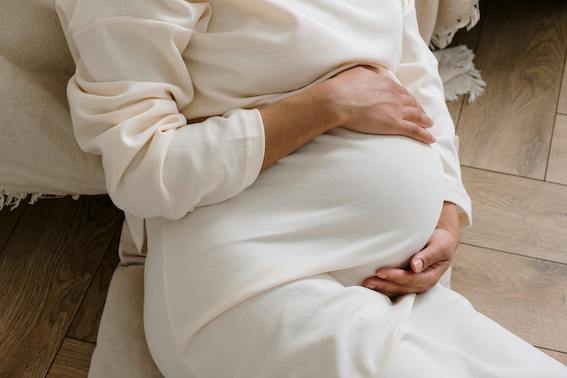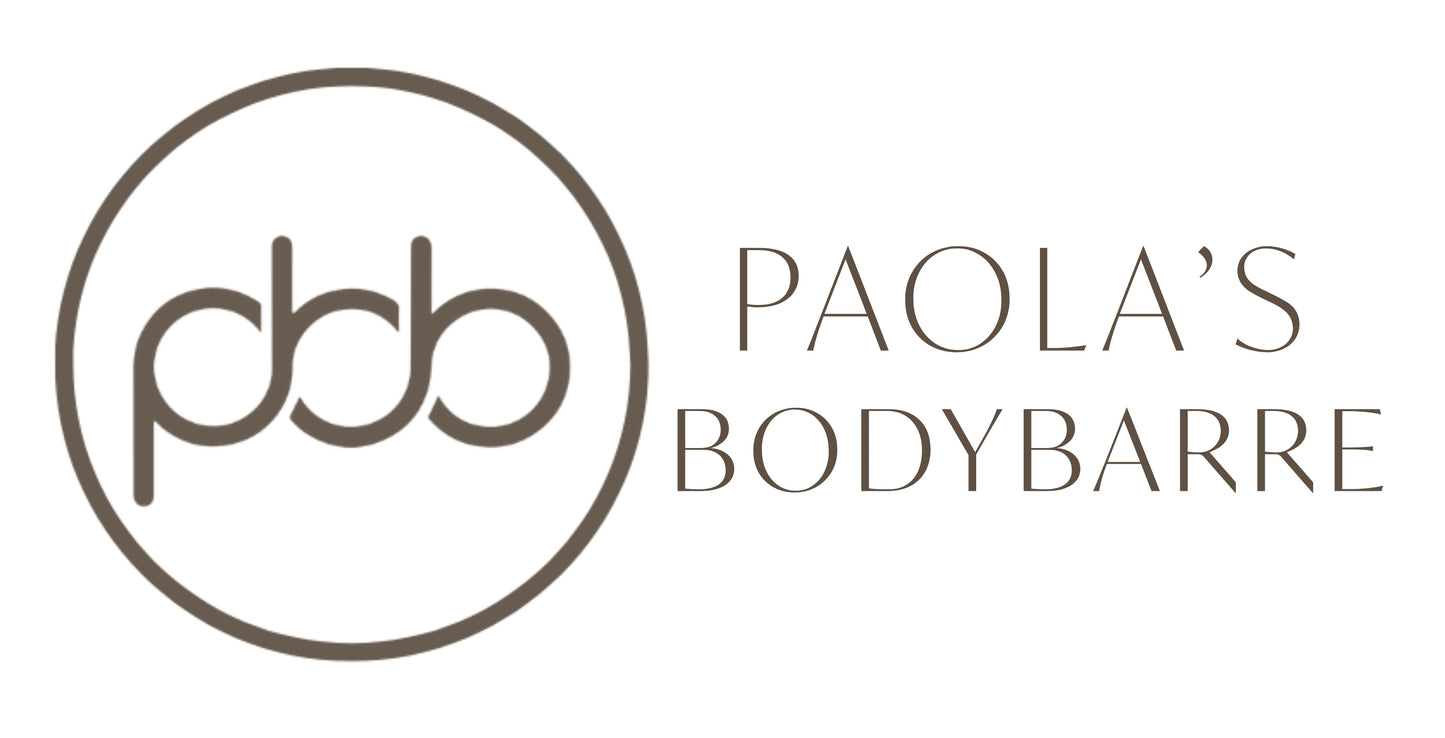
I’ve heard many stories of women that have been told they can continue their usual workouts as long as they were doing that particular workout before conceiving. I disagree. As a Pilates teacher I have had to “correct” or damage control the effects of training incorrectly whilst pregnant. Heavy lifting, extreme hiit workouts, running etc really should be avoided. The relaxation in the body makes the joints, muscles and ligaments soften. This can increase risk of injury if the correct alignment and stabilised, controlled exercises, focusing on our deep centre (core) are not adhered to. Exercise during pregnancy should not be a time to get super fit, run marathons or lift the heaviest weights, but to prepare the body for the birth. You can still maintain strength and fitness but in a modified way for each trimester. Modifications and focusing on isolating muscles that prevent pregnancy related issues like: back pain, pubic symphysis and severely weakened abdominal muscles is key.
How does pregnancy affect your abdominals?
Obviously with the growth of the uterus to accommodate the growing baby, our abdominals need to accommodate this. The pressure on your rectus abdominis muscles (our six pack muscles that lie above the deeper abs) causes them to separate. This is known as diastasis recti (or commonly known as separation of the abs). This can be seen when there is pressure placed on these muscles, a cone or dome shape will be seen on the belly.
What are the safest modifications to do during each trimester?
We need to focus on the core to avoid too much pressure on the rectus abdominis (worsening the ab separation), to keep the pelvis stable, keep pressure off the lower back and support correct posture, which is compromised with the growing baby, to avoid common issues and injuries related with pregnancy. Training the transverse abdominis, the deepest layer of the abdominals which acts as a corset supporting the pelvis and spine, coupled with the pelvic floor, with every movement will keep the abdominals strong (including the superficial six pack and oblique muscles). The safest modifications ensure correct alignment, movements that do not overload the rectus abdominis, and focus on core muscles with every movement. Modified planks and exercises that work the waist muscles area are safe in every trimester. Standing side crunches and exercises in box position can be continued throughout pregnancy also.
Are all abdominal exercises safe during pregnancy?
Definitely not! Abdominal crunches or anything in a flexed spine position should be avoided. In fact even getting out of bed or from any lying position now needs to be changed. Turning to the side and lifting sideways using our obliques (waist) muscles to avoid pressure on the rectus abdominis. Full planks are also a no-no- as the pressure on the six pack muscles is too great, causing doming and increased risk of further separation. The aim is to load the deeper abdominals not the “global” abs.
What is coning/doming of the core?
When doming occurs you can literally see your insides (internal organs) pushed or squeezed out of the separated abdominals.
What are the best abdominal moves for a strong healthy pregnancy?
My all time favourite if I had one to prescribe would be the following: Get into a box position, on all fours and place a cushion or a Pilates ball between the knees. Take a deep breath in through the nose and on an out breath through the mouth start to draw the navel towards the spine and hug or “wrap” the baby in simultaneously drawing the whole pelvic floor up. This is performed 15- 20 times. Not only does your breath assist the deep contraction of your transverse abdominis, it also allows you to contract the “six pack” muscles, and our oblique muscles (waist) in a safe way. The squeeze of the ball assists the deep contraction whilst using the thighs muscles to help stabilise.
I tell my clients to activate their pelvic floor with every movement in my classes. The general rule is that on every breath, usually when it’s the hardest phase of an exercise, for example pushing yourself up out of a squat, is your cue to “centre” yourself. This means “hugging” the baby in, navel towards the spine, drawing the ribs in and drawing the pelvic floor up....voila you have worked the important core muscles with EVERY move in your exercise class, inclusive of the pelvic floor. I always prescribe Kegals to be done in between classes or PT sessions (every day) along with telling the client when going about their normal daily routines to practice use of breath with core integration. If we practice this we are constantly engaging these important muscles every time we breathe. These simple tips will help regain pelvic floor strength and rehabilitate the abdominals much quicker! Remember overloading during pregnancy means a much harder longer recovery after birth. I always say, we have to walk before we learn to run!
